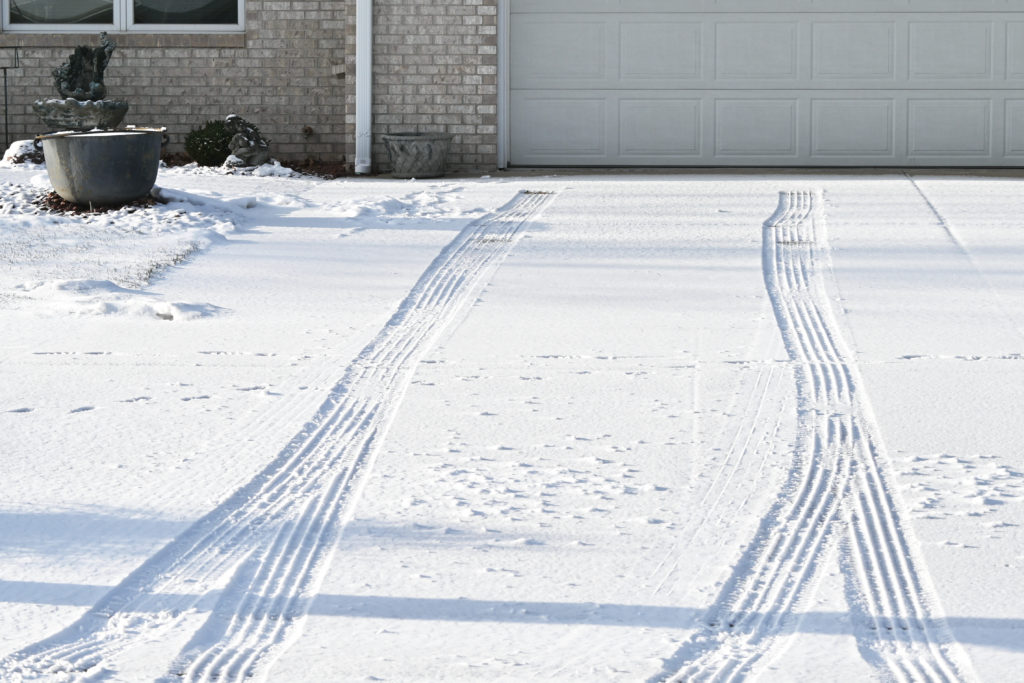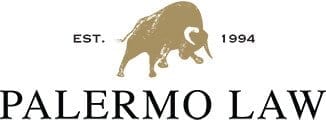05 Jan Keep Your Property Free of Snow & Ice
Although winter weather can be very pretty, it is very dangerous in places like Long Island. Life only slows down a little bit when there is snow on the forecast, and snow and ice can be extremely hazardous for Long Islanders for a number of reasons. In addition to the danger that it brings to drivers on the roads, winter weather can contribute to pedestrians slipping and falling and resulting in serious injury. What’s scary about slipping on snow and ice is that when someone is slipping and falling, they are falling on hard pavement, or hard ice.
These kinds of injuries require extensive medical treatment, which can result in exorbitant medical bills. Additionally, an injury from a slip and fall often takes a long time to recover, meaning the person may have to miss a lot of time working at their job. This is why work is involved for every property owner to ensure this does not happen when there is snow or ice on the ground. You’re not only preventing a slip or fall from a passerby, but properly removing snow and ice can protect your own household from having a devastating injury. Ultimately, property owners are obligated to maintain a level of safety.

WHAT IS THE PROPERTY OWNER LIABLE FOR?
In New York State, property owners are obligated to clear their property of hazardous snow and ice in a reasonable amount of time. The word reasonable is a subjective timeframe, and understandably so because no snowstorm and no property is the same. In a case where someone is recovering losses from slipping and falling on someone’s driveway, an experienced attorney will help make the determination as to what is a reasonable amount of time. So homeowners are responsible for adequately clearing their driveways after a storm. Owners of public buildings also need to clear entryways, parking lots, steps, and ramps in a reasonable amount of time to ensure safety for any pedestrians that are on the premises.
Additionally, public sidewalks that are in front of a property in the state of New York are not the responsibility of the property owner to clear snow and ice. This means no matter how much time has passed, a public sidewalk in front of a residence or business is not the owners liability unless it has been previously established specifically by way of a statute or ordinance. However, if a property owner has made a sidewalk more unsafe (for example by piling the snow on top of the sidewalk), then they would be liable if an injury occurs.
If the slip and fall happens in New York City, then the rules for the property owners are more strict. New York City has some very specific snow removal rules for buildings within its boroughs. The goal of these laws is to ensure the safety of the residents, employees and passersby. New York City’s Department of Sanitation requires that snow be removed no later than four hours after the end of snowfall, or not later than 11 a.m., if the snowfall ended after 9 p.m. the night before. This is due to the increased number of pedestrians in the city, making the risk of a slip and fall injury much more likely. They also cannot shovel snow into the streets, and if a hazardous area can’t be cleared, there should be warning signs to alert pedestrians.
How to Make Your Driveway Safe for Pedestrians
Not only do property owners need to clear their driveway, but they are required to do so adequately. This means driveways and walkways must be reasonably cleared and safe for passersby. Steps must be taken to make sure snow and ice are removed.
Here are 5 steps to making the best of the salt or ice melt you use on your driveway:
- Get rid of all the snow first. This is a very important start. Before anything is thrown on the ground to deice, remove as much snow as possible by shoveling or using a snowblower.
- Ice evenly and correctly. The most efficient way is to use a spreader of some sort. It’ll evenly coat the ground with salt or ice melt, and it’ll take less time than salting your driveway by hand. Make sure you rinse it in between each use. If you don’t have a spreader, you can throw salt or ice melt around your driveway by hand. Additionally, you can use a cup, but make sure you wear gloves. The important thing is to make sure you spread it evenly. If you mess up and place too much salt in one area, use a broom or water to spread it out. Salt doesn’t actually melt the ice. Salt lowers the boiling point of water. And since most ice has a thin layer of water on it, the salt mixed in with the water causes a chain reaction that aids in the ice melting even in colder temperatures. Some suggest salting your driveway before a snowstorm even hits.
- Don’t damage your driveway with an ice melt. When concrete, especially, is subjected to too much salt or ice melt, the thawing/freezing process can damage it. If your concrete is less than 12 months old, avoid using salt or ice melt. It can weaken the concrete and make it susceptible to future damage. If this is the case and you want to add traction to your driveway, use sand, kitty litter, or sawdust. Other surfaces can be damaged by too much salt or ice melt as well. Avoid getting any on plants or your lawn. Make sure you read and follow the instructions on whatever type of salt or ice melt you’re using before going out and de-icing your driveway. A damaged driveway can be just as dangerous as a slippery one.
- Protect your loved ones. If your child happens to ingest any salt, do not induce vomiting. This is not a good idea according to medical director of the South Texas Poison Center, Miguel Fernández, M.D. “Whatever is noxious going in, could be noxious coming up,” says Doctor Fernández, M.D. Instead of inducing vomiting, call the American Association of Poison Control Centers (800-222-1222) right away before turning to the Emergency Room. The American Association of Poison Control Center is equipped to handle these types of accidents.
- Protect your pets from salt. It might be a good idea to get “pet safe” ice melt. But even so, these types of ice melts aren’t guaranteed to keep your pet safe. Make sure you don’t let them lick any salt/ice melt or drink out of any puddles. Even tiny amounts of 100% sodium chloride can be deadly for dogs. If your pet ingests ice melt, contact your vet or the Pet Poison Helpline (800-213-6680; $39 per incident), or the ASPCA’s Animal Poison Control Center (888-426-4435; $65 per incident).

About the Author
Steven Palermo is the managing partner for Palermo Law, Long Island’s Personal Injury Law Firm. He has been helping people receive compensation for their injuries for over 21 years. He focuses on cases involving car accidents, truck accidents, construction accidents and slip and fall injuries.
His book The Ultimate Guide to Handling New York Car Accident Claims details the ins and outs of a car accident claim in a simple, easy-to-read manner.

